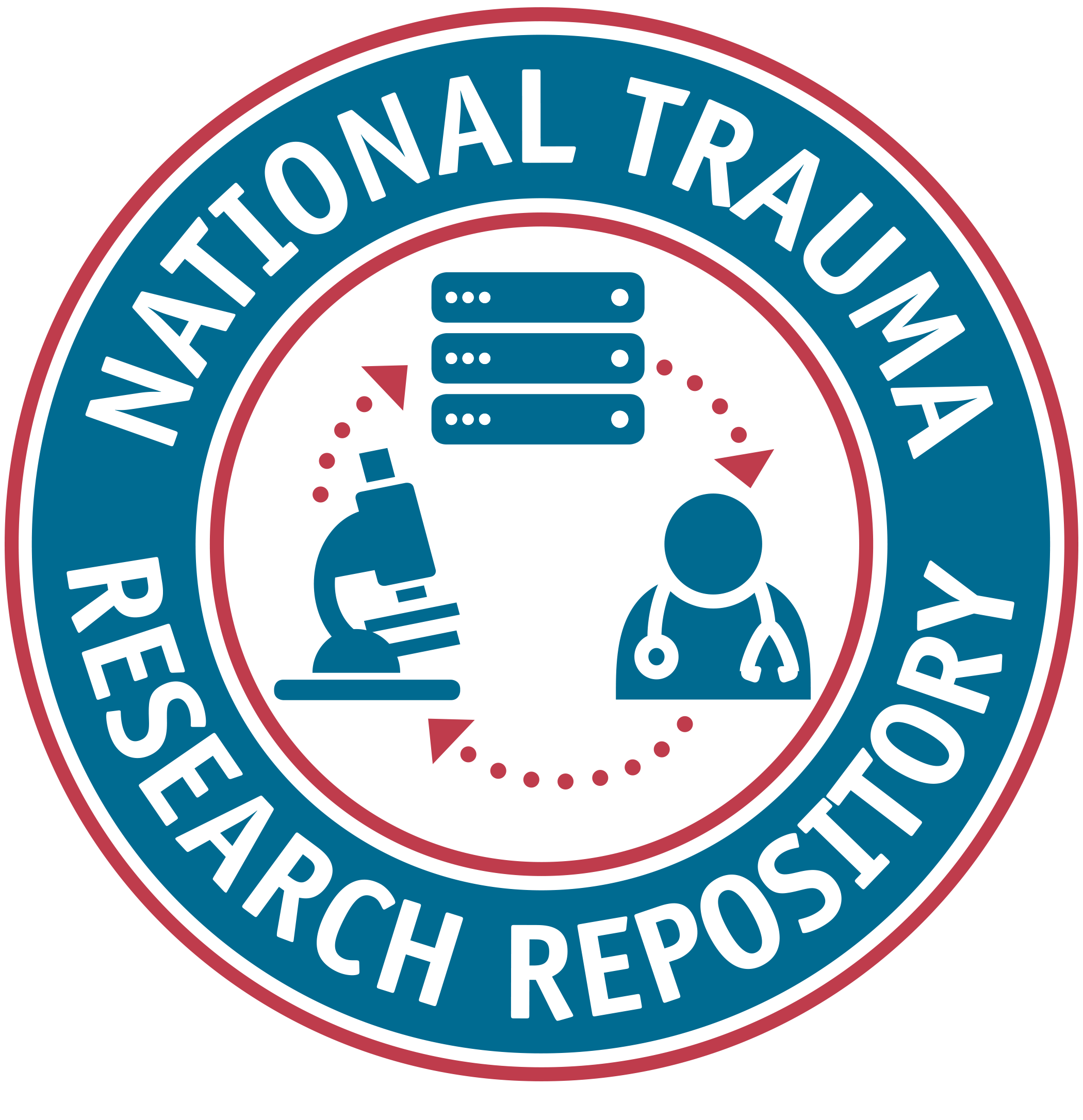Listed below are the details for the data element.
FITBIR
1.0
Element Type
Unique Data Element
Minutes relative to stimulation onset count
BrnStimMinRelStimOnsetCt
Short Description
Number of minutes relative to stimulation onset
Definition
Number of minutes relative to stimulation onset
Notes
Creation Date
2016-12-20
Historical Notes
References
Data Type
Numeric Values
Input Restrictions
Free-Form Entry
Minimum Value
0
Maximum Value
1440
Population
Adult and Pediatric
Guidelines/Instructions
Brain stimulation can influence the performance at certain tasks, when applied in visual or motor areas for example (specify the target site in the UDE BrnStimAnatTargTyp). Possible brain stimulation types include but are not restricted to: Transcranial Magnetic Stimulation, continuous Theta Burst Stimulation, Deep Brain Stimulation, Transcranial Direct Current Stimulation. Ideally, researchers should input the parameters of the stimulation method if these are not commonly used (i.e. number of pulses, burst frequency etc...) in the free form UDE BrnStimParTyp. The UDE BrnStimInd reflects the moment of data acquisition relative to the brain stimulation, if no stimulation was implement, select the permissible value "No stimulation" and leave other BrnStim UDEs blank. BrnStimMinRelOnsetCt: Time of data acquisition relative to the brain stimulation onset. Number of minutes afer the start of brain stimuation if BrnStimInd is "Post-Stimulation". Number of minutes before the start of brain stimulation if BrnStimInd is "Pre-stimulation". If BrnStimInd is "Online", specify "0" for BrnStimMinRelStimOnsetCt.
Preferred Question Text
Category Groups and Classifications
| Disease | Domain | Sub-Domain |
|---|---|---|
| Traumatic Brain Injury | Treatment/Intervention Data | Therapies |
Classification
Traumatic Brain Injury:
Supplemental
Acute Hospitalized
Concussion/Mild TBI
Epidemiology
Moderate/Severe TBI: Rehabilitation
Keywords
time
Time
Labels





